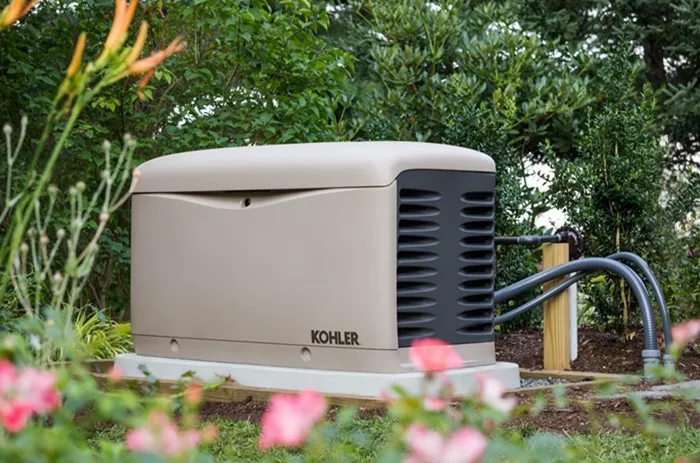Installing a home generator transfer switch is a crucial step in ensuring a safe and reliable backup power supply during outages. A transfer switch allows you to seamlessly switch between utility power and generator power without risking backfeeding, which can be dangerous for utility workers and damage your electrical system. This guide will walk you through the process of installing a transfer switch, covering essential electrical concepts, safety precautions, and step-by-step instructions.
Understanding Transfer Switches
What Is a Transfer Switch
A transfer switch is an electrical device that safely connects a generator to your home’s electrical panel. It prevents both the utility power and generator power from being active simultaneously, eliminating the risk of backfeeding.
Types of Transfer Switches
There are two main types of transfer switches:
Manual Transfer Switch (MTS) : Requires you to manually switch between power sources.
Automatic Transfer Switch (ATS) : Detects a power outage and switches to generator power automatically.
For most homeowners, a manual transfer switch is cost-effective and straightforward to install.
Safety Precautions Before Installation
Working with electricity is dangerous. Follow these safety measures:
- Turn off the main power supply at the breaker panel.
- Use insulated tools and wear rubber-soled shoes.
- Check local electrical codes and obtain necessary permits.
- If unsure, hire a licensed electrician.
Tools and Materials Needed
Before starting, gather the following:
- Transfer switch kit (rated for your generator’s wattage)
- Screwdrivers (flathead and Phillips)
- Wire strippers and cutters
- Voltage tester
- Conduit and fittings (if required)
- Electrical tape and wire nuts
- Drill and appropriate bits
Step-by-Step Installation Guide
Choose the Right Location
Mount the transfer switch near your main electrical panel for easy access. Ensure it complies with local codes regarding clearance and placement.
Turn Off Main Power
Shut off the main breaker and verify power is off using a voltage tester.
Install the Transfer Switch
Secure the transfer switch to the wall using screws. Follow the manufacturer’s instructions for proper mounting.
Connect Wires to the Transfer Switch
- Identify the circuits you want to power during an outage (e.g., lights, fridge, furnace).
- Run wires from the main panel to the transfer switch using conduit if required.
- Connect the hot, neutral, and ground wires as per the wiring diagram.
Connect the Generator Inlet
Install a generator power inlet box outside your home. Run a heavy-duty cable from the inlet to the transfer switch.
Test the System
- Start the generator and let it warm up.
- Flip the transfer switch to the generator position.
- Verify that selected circuits are receiving power.
Common Mistakes to Avoid
Overloading the Generator : Only connect essential circuits to avoid exceeding the generator’s capacity.
Ignoring Grounding Requirements : Proper grounding prevents electrical shocks.
Skipping Permits : Always check local regulations before installation.
Conclusion
Installing a home generator transfer switch requires careful planning and adherence to safety standards. If you’re uncomfortable working with electrical systems, consult a professional. A properly installed transfer switch ensures safe, efficient backup power when you need it most. By following this guide, you can confidently set up a transfer switch and keep your home powered during emergencies.

